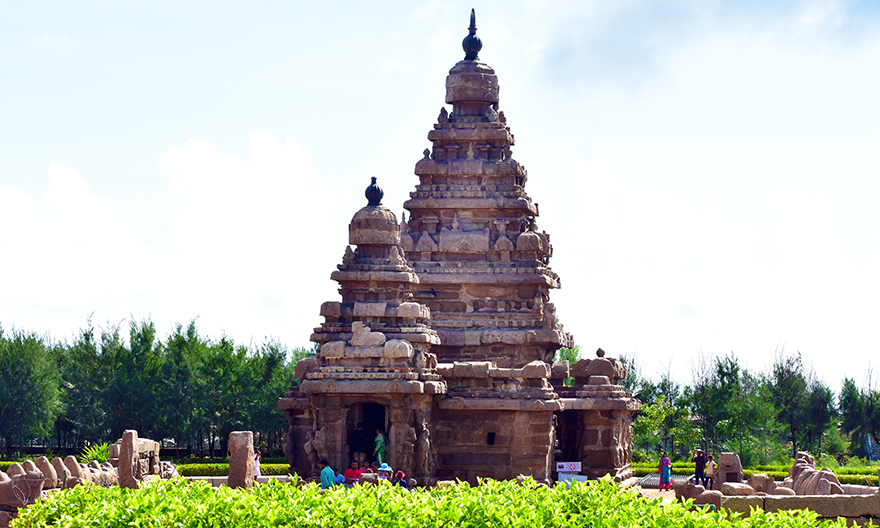Chengalpattu District

Chengalpattu district, a distinguished member among Tamil Nadu’s 38 districts, came into existence through a deliberate separation from Kanchipuram district on the memorable date of November 29, 2019. Nestled along the captivating northeast coastline of Tamil Nadu, it blankets an expansive 2945 square kilometers of land, a canvas painted by nature’s hand.
To the north, it shares a border with Chennai district, while to the west, it harmoniously aligns with Kancheepuram and Thiruvanamalai districts, forming a mosaic of landscapes. To the south, the majestic Vilupuram district lends its grandeur to this tapestry of regions.
History of Chengalpet District:
- The Chengalpet district was influenced by the rule of various South Indian dynasties, including the Cholas, Pallavas, and Pandya, each of which left their architectural and cultural imprints on the region.
- During the medieval period, Chengalpattu district saw the influence of the Vijayanagara Empire, known for its patronage of art and culture. This era witnessed the construction of temples and monuments that still stand as testaments to the architectural and artistic prowess of the time.
- The district became part of the Madras Presidency under British rule. The British also laid the foundation for modern infrastructure, including railways and roads.
- After India gained independence in 1947, Chengalpattu district, like the rest of the country, underwent a transformation. It became part of the newly formed state of Tamil Nadu in 1969, following the reorganization of states on linguistic lines.
- The district continued to develop economically and socially, with a focus on industrial growth and infrastructure development.
Tourist Places in Chengalpattu District:
Sadras: Explore the Sadras Fort, a Dutch colonial fort built in the 17th century. The fort complex includes a church and a cemetery.
Muttukadu: Visit Muttukadu Backwater, a serene lake offering boating and watersports. It’s a great place for a leisurely day out.
Vallakottai Murugan Temple: Located in Vallakottai, this temple is dedicated to Lord Murugan. The temple premises also have a small waterfall and lush greenery.
Sriperumbudur: The birthplace of Sri Ramanuja, a renowned philosopher-saint. The Rajiv Gandhi Memorial is also located here.
Chengalpattu Railway Station: The Chengalpattu Railway Station is known for its beautiful architecture and is a fine example of colonial-era railway stations.
Cholamandal Artists’ Village: Founded by a group of artists, this village is a hub for contemporary art and showcases the works of local artists.
DakshinaChitra: A living museum that showcases the art, architecture, and way of life of South India. Visitors can explore traditional houses and craft demonstrations.
Vedanthangal Bird Sanctuary: A paradise for birdwatchers, this sanctuary is home to a wide variety of migratory birds. The best time to visit is during the winter months when the bird population is at its peak.
Thirukazhukundram (Pakshi Theertham): This town is famous for its temples, including the Vedagiriswarar Temple and Thiruthalaichangadu Narayana Perumal Temple. It’s also known for Pakshi Theertham, a temple pond surrounded by hills and frequented by migratory birds.
How to reach Chengalpattu District:
By Air : Chengalpattu district boasts excellent connectivity, both nationally and internationally, courtesy of its International and Domestic airports within the region.
By Train : With major railway junctions such as Tambaram and Chengalpattu located within its borders, the district enjoys effortless accessibility from any corner of the country.
By Road : The district is well connected by road which makes easier to access by private buses, cars or public transportation.
